Style Tips
5 THINGS TO KNOW BEFORE INVESTING IN FINE JEWELRY
A diamond cut is a key factor to consider when choosing your next piece of diamond jewelry.
By Chinwe, Chief Creative Officer
How to Make Smart, Stylish, and Secure Decisions That Last a Lifetime
In the age of digital investments and quick returns, fine jewelry remains one of the most tangible and emotionally rewarding assets you can own. Beyond the beauty and sentiment, each piece tells a story—of craftsmanship, culture, and value. But before making your first major purchase, it’s essential to arm yourself with the right knowledge. Whether you’re eyeing a diamond tennis bracelet or a vintage Cartier brooch, investing in fine jewelry should be as strategic as it is stylish.
Here are the top five things to know before you make your next dazzling decision.
1. True Value Lies in the Details
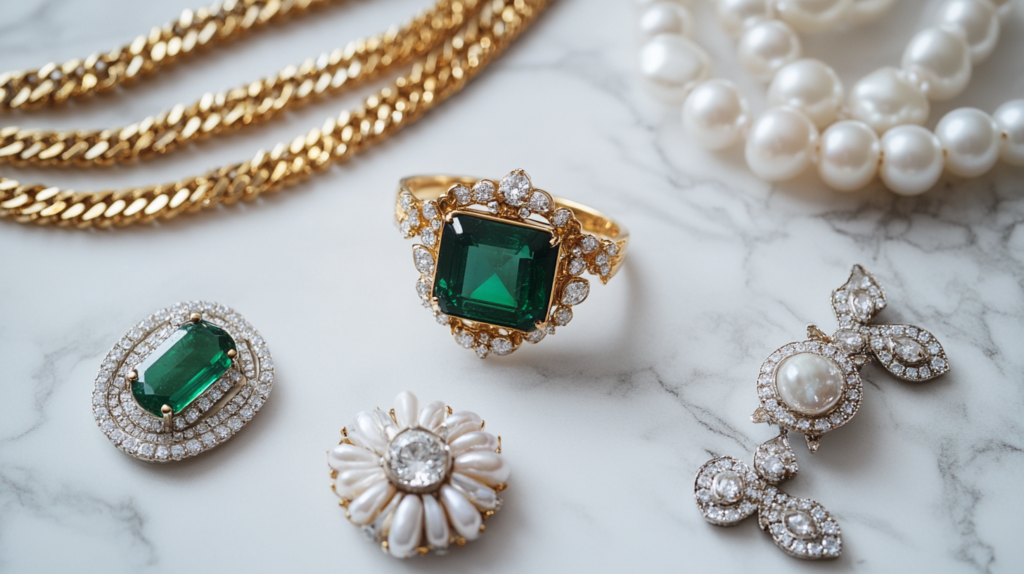
It’s no secret that diamonds sparkle, but do you know what makes one worth thousands more than another? When it comes to fine jewelry, it’s the small details—cut, clarity, color, and carat (the famous 4 Cs)—that determine the value of gemstones. But value isn’t limited to stones. Metals matter, too. Platinum is rarer and more durable than gold, while 18K gold has a richer hue and higher purity than 14K.
Understanding the technical specifications of what you’re buying is the first step in investing in fine jewelry wisely. Reputable jewelers will always provide certification from recognized institutions like the GIA (Gemological Institute of America). For collectors and investors alike, these documents are essential not just for resale but also for insurance.
-
Ball Torque Bracelet 0.12ct – Platinum
Platinum 950
£4,428 Select options This product has multiple variants. The options may be chosen on the product page -
Katy Necklace – Platinum
Platinum 950
£2,155 Add to cart -
Spun Link Necklace – Sterling Silver
Sterling Silver
£230 Select options This product has multiple variants. The options may be chosen on the product page -
Yaffe Earrings – Platinum
£494 Add to cart
2. Ethical Sourcing Isn’t Just a Buzzword—It’s the Future
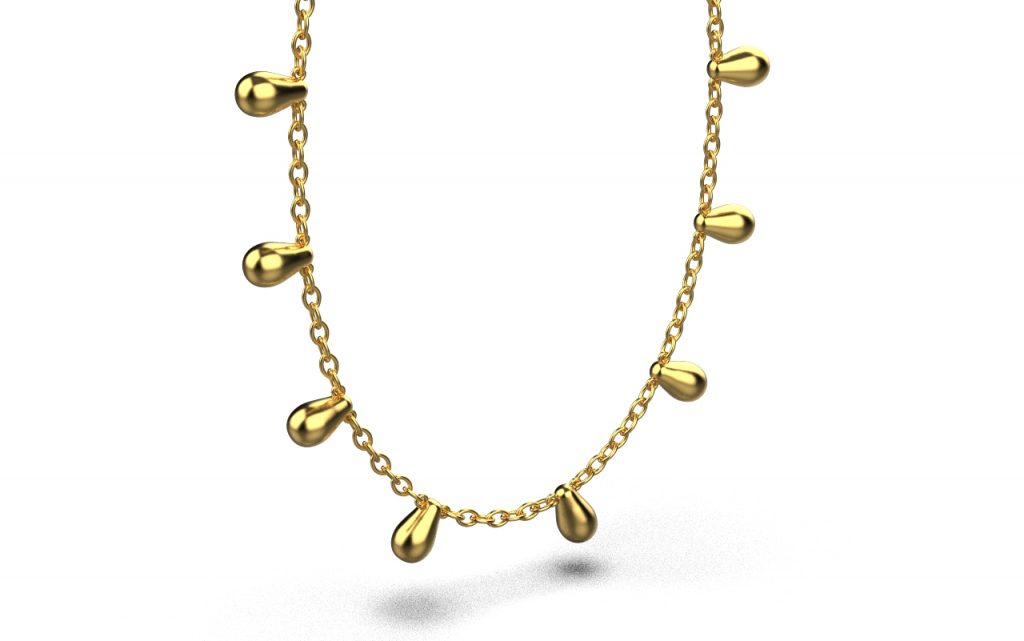
Today’s luxury buyer is more conscious than ever. Questions about ethical sourcing, fair labor, and environmental impact are taking center stage. If you’re serious about investing in fine jewelry, ask questions like:
Is this diamond conflict-free?
Is the gold Fairmined or recycled?
Can you trace the origin of the gemstone?
Look for certifications like the Kimberley Process, which aims to prevent “blood diamonds” from entering the market, or shop with brands that transparently disclose their sourcing and support responsible mining communities. Sustainable, ethically sourced pieces aren’t just the right choice morally—they’re increasingly in demand, giving them long-term desirability and resale value.
-
Micro Pave Bracelet – 18K Gold – 1.13ct
18K Gold
£8,609 Select options This product has multiple variants. The options may be chosen on the product page -
Micro Pave Stud Earrings – 18K White Gold
18K White Gold
£2,105 Add to cart -
Tennis Bracelet – 18K White Gold – 12.7ct
18K White Gold
£44,964 Select options This product has multiple variants. The options may be chosen on the product page -
Tennis Necklace – 18K White Gold – 26.67ct
18K White Gold
£59,600 Select options This product has multiple variants. The options may be chosen on the product page
3. Think of Jewelry as Wearable Wealth
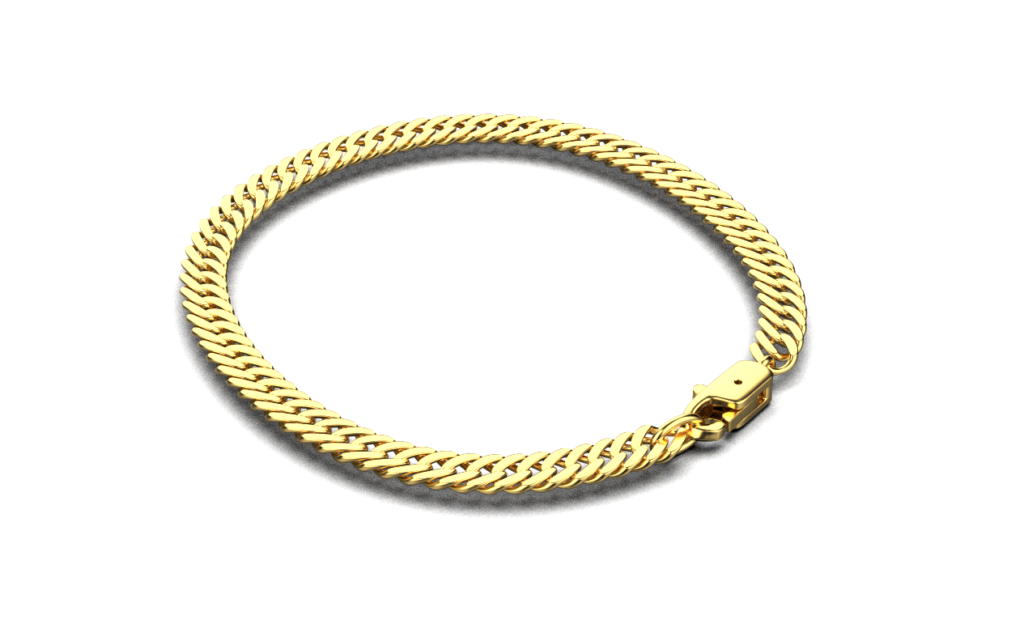
Unlike stocks or crypto, you can actually enjoy your jewelry while it appreciates in value. A Cartier love bracelet, a Van Cleef & Arpels Alhambra pendant, or even a perfectly cut solitaire ring can hold or even increase their worth over time—especially if they’re limited edition, vintage, or from heritage brands.
If you’re viewing investing in fine jewelry as part of a broader wealth strategy, seek out timeless designs and high-grade materials. One-of-a-kind pieces or those made by renowned designers often command high resale values, particularly if well-maintained and accompanied by original documentation.
Also, jewelry often functions as a generational asset. Pieces passed down through families not only carry emotional significance but also represent a store of value that can be liquidated or leveraged when needed.
-
Angel Wings Brooch – Sterling Silver
Sterling Silver
£230 Add to cart -
Ball Torque Bracelet 0.12ct – 18K Gold
18K Gold
£5,535 Select options This product has multiple variants. The options may be chosen on the product page -
Trilogy Wedding Engagement Ring 0.59ct – Platinum
Platinum 950
£3,278 Select options This product has multiple variants. The options may be chosen on the product page
4. Build a Relationship with a Trusted Jeweler
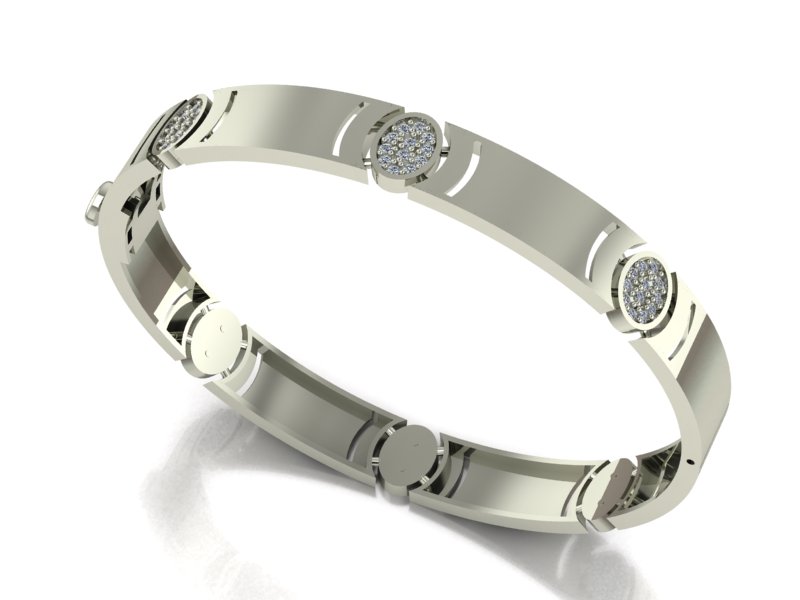
The fine jewelry industry is built on trust. When you’re spending thousands—or even tens of thousands—on a single piece, your relationship with the seller matters. A great jeweler will not only educate you on gemstones and craftsmanship but will also offer insights on investment potential and help you source unique finds.
Shop with certified professionals who have a track record, good reviews, and transparent pricing. Avoid high-pressure environments or online sellers without physical locations or independent verification. Investing in fine jewelry isn’t just about the product; it’s about the guidance, experience, and peace of mind that comes with buying from the right people.
Many seasoned investors have “their jeweler”—someone who understands their taste, notifies them of new arrivals, and helps with care, resizing, or redesigning heirloom pieces. Cultivating this relationship is an underrated advantage in building your collection.
-
Cluster Stud Diamond Earrings-18K White Gold-1.7ct
18K White Gold
£4,880 Add to cart -
Diamond Hoop Earrings – 18K Gold – 1.24ct
18K Gold
£2,870 Add to cart -
Linear Diamond Tip Bracelet 0.43ct – 18K Rose Gold
18K Rose Gold
£13,655 Select options This product has multiple variants. The options may be chosen on the product page -
Mosaïque Bracelet – Sterling Silver
Sterling Silver
£334 Select options This product has multiple variants. The options may be chosen on the product page
5. Maintenance, Appraisals, and Insurance Are Crucial
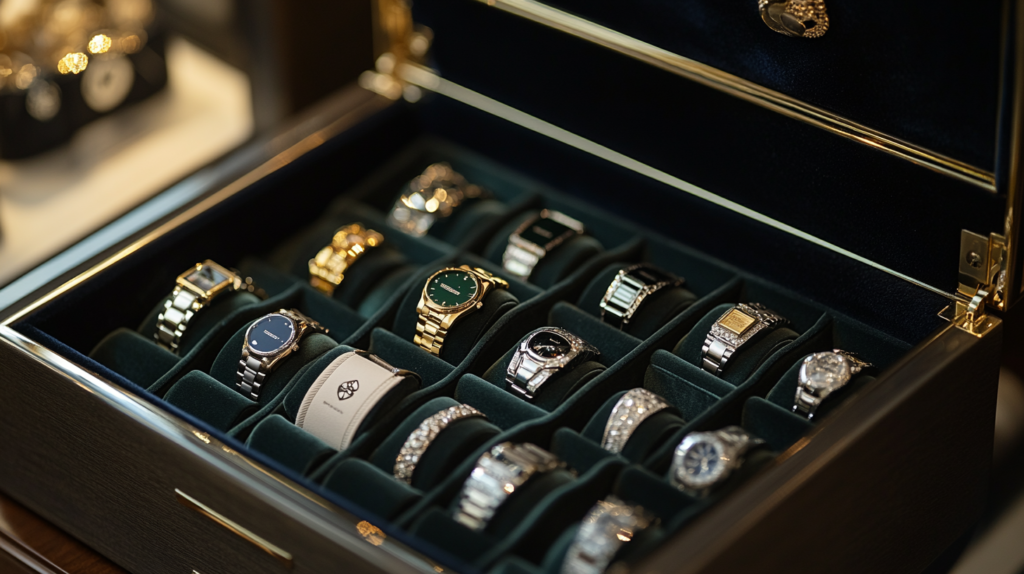
Your jewelry may be dazzling, but if it’s not properly maintained or insured, it’s at risk—both aesthetically and financially. Regular cleaning (preferably by a professional), proper storage (in lined cases or individual pouches), and avoiding exposure to harsh chemicals are essential for preserving luster and integrity.
Equally important: make sure high-value items are appraised and insured. Your standard homeowner’s policy likely won’t cover the full replacement cost. Consider standalone jewelry insurance policies that offer comprehensive protection against theft, loss, or accidental damage.
If you’re truly investing in fine jewelry, think of it like buying a luxury watch or rare painting—you need to protect it as part of your overall wealth strategy.
Final Thoughts: Jewelry That Endures
Fine jewelry is more than just a pretty accessory. It’s history. It’s emotion. It’s art. And it can be a smart financial move if approached with intention. Whether you’re buying a signature piece to mark a milestone or curating a collection of timeless staples, investing in fine jewelry is about blending passion with strategy.
Choose pieces that align with your values, care for them like the treasures they are, and enjoy the beauty of owning something that could one day become a cherished heirloom—or a valuable asset.

